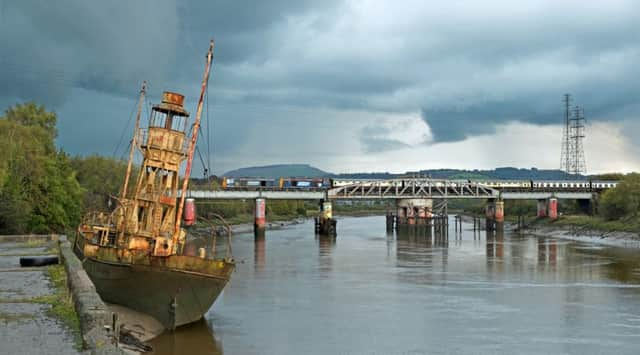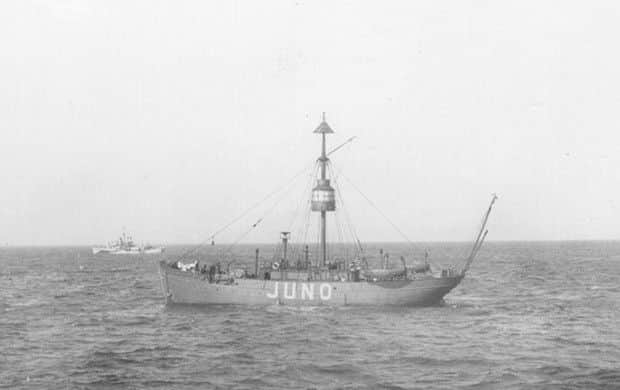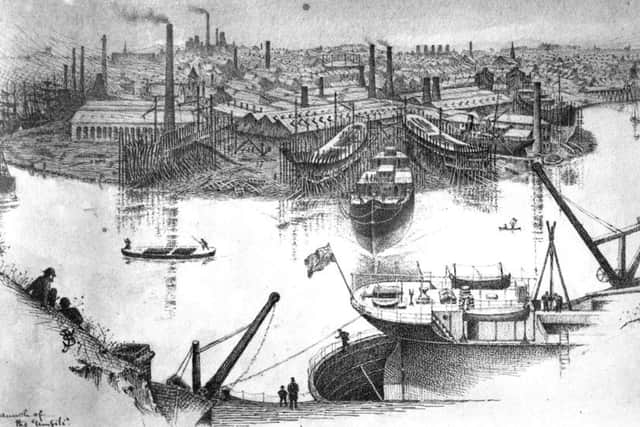Campaign launched to bring historic Sunderland ship 'home'


Former tug worker Anthony Renton was inspired to start a £100,000 appeal after hearing of the plight of Lightship No. 72 - a “war veteran” now lying slumped on a mudbank in Wales.
A charity bank account has been opened, charitable trust status applied for, a Facebook page launched - Save Our Ship Of Light - and a crowd-funding appeal set up via Gofundme.


Advertisement
Hide AdAdvertisement
Hide Ad“I would love to see No. 72 returned to Sunderland and restored as a reminder of our proud shipbuilding past - and a lot of other people seem to feel the same way,” said Anthony.
“Wearside ex-pats as far away as New Zealand, America, Madeira, Japan and South Korea have expressed an interest in what we are trying to do. It is about time we tried to celebrate Wearside’s shipping history.
“No. 72 is an especially important example in Lightvessel history, being the only remaining example of a lightvessel carrying both oil-powered and electric-powered mechanisms.”
Lightship 72 was built by John Crown & Sons in 1903 for the lighthouse authority Trinity House. Following her launch on March 30, she served on at least three Trinity stations.


Advertisement
Hide AdAdvertisement
Hide AdThe vessel later saw service during World War Two when, under the name Juno, she marked out a safe passage though minefields for landing craft during the D-Day landings of 1944.
“She acted as a guide for mainly British and Canadian servicemen. The vessel would have been the last friendly ship they saw before reaching the invasion beaches,” said Anthony.
“No. 72 helped save the lives of thousands and remained in service in Normandy until January 1945, when she was towed to Le Havre for repairs following various collisions.”
The vessel saw active service at Smith Knoll Station from 1945-9, later moving on to Varne Station until 1952 - followed by various English and Welsh grounds stations until 1954.


Advertisement
Hide AdAdvertisement
Hide AdIn 1972, however, she was declared surplus to Trinity House requirements and laid up in Swansea. No. 72 was sold to the Steel Supply Company in Neath for scrapping a year later.
“She was used as a company office for a time , and there was talk of converting her into a nightclub. This never happened, and now she is just moored in a mud berth,” said Anthony.
“But, despite her age, she is still absolutely solid. No. 72 was made from iron, rather than steel, and the only leakage she has is where people have stolen her porthole covers.”
Anthony would like to see No. 72 displayed on the Wear and restored to her former glory, as a memorial to the days when Sunderland was the biggest shipbuilding town in the world.


Advertisement
Hide AdAdvertisement
Hide AdBut, although the current owner has kindly agreed to sell the ship for £40,000 - the scrap metal value - Anthony still faces an uphill struggle to raise funds to bring her home as well.
“I would love to see 72 returned to Sunderland and restored, as she would be a reminder of our proud shipbuilding past. This is a labour of love for me; I believe we can do it,” he said.
“The way she is now is a truly sad end to a long life of active service at sea. I’m keeping my fingers crossed that the people of Sunderland will help out. Let’s do this for our city!”
A Save Our Ship Of Light website is now in the pipeline, and Anthony is also in talks with a local artist to draw up impressions on how No. 72 would look finally sited in Sunderland.
Advertisement
Hide AdAdvertisement
Hide Ad“It’s going to be a busy few months for us, with lots of stuff to look at - as well as trying to get local businesses, as well as local celebrities, on board - if we can,” said Anthony.
“I’m sure that, as momentum gathers, more doors of opportunity will open. I’m hopeful that, in the future, we will be able to apply for Heritage Lottery funding - and other grants. “In the meantime, we would also love to hear from anyone with connections to No.73 - such as relatives of those who worked at Crowns, ex-Trinity House crew or D-Day veterans.”
l For further information contact Anthony through the Facebook page Save Our Ship Of Light. Donations can be made via www.gofundme.com/kdkcxs53